How to taste coffee, how to taste coffee
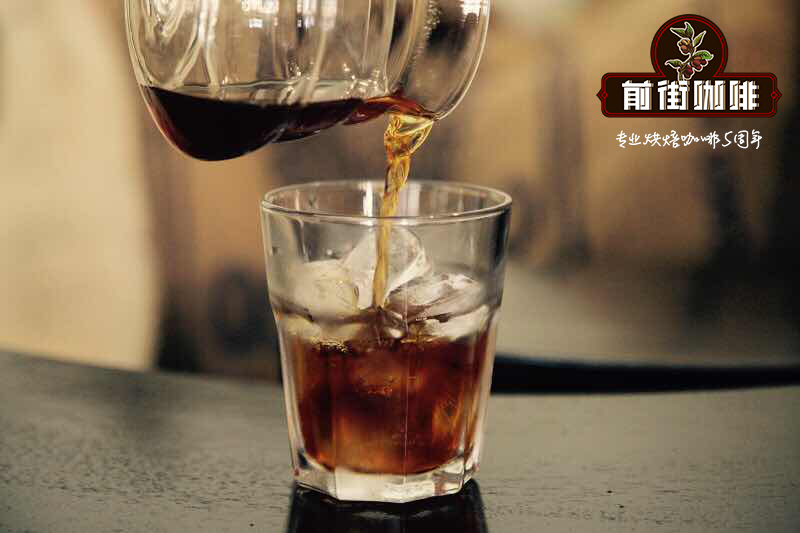
Professional coffee knowledge exchange more coffee bean information please follow the coffee workshop (Wechat official account cafe_style)
How to taste coffee?
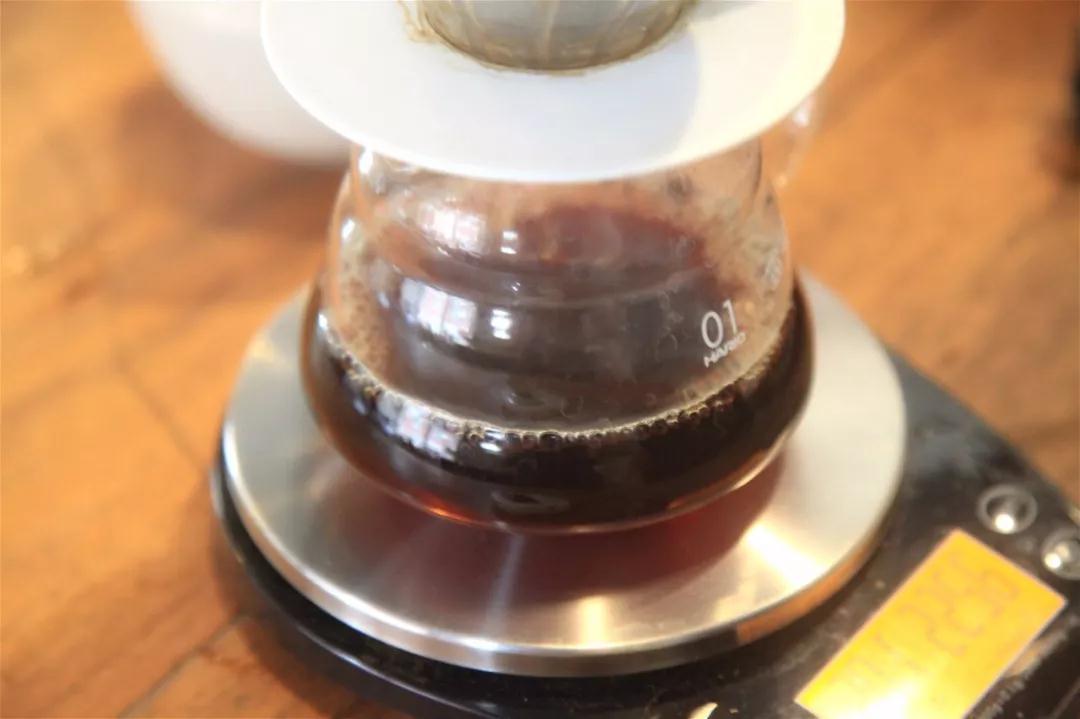
When tasting a cup of coffee, you will sometimes hear people who drink coffee say that the cup of coffee has a "mixed smell", but what exactly is miscellaneous smell? What causes the mixed smell of coffee?
| | Miscellaneous smell |
If the entrance of a cup of coffee has some grass green taste, sharp sour taste, inferior soil and so on mixed together, can not clearly identify the coffee flavor, this is miscellaneous taste. In fact, miscellaneous flavor is relative to cleanliness, such as excessive or insufficient baking, excessive fermentation, medicine, burning plastic, onion, soil, astringency and other relatively negative taste.
| | causes of miscellaneous smells |
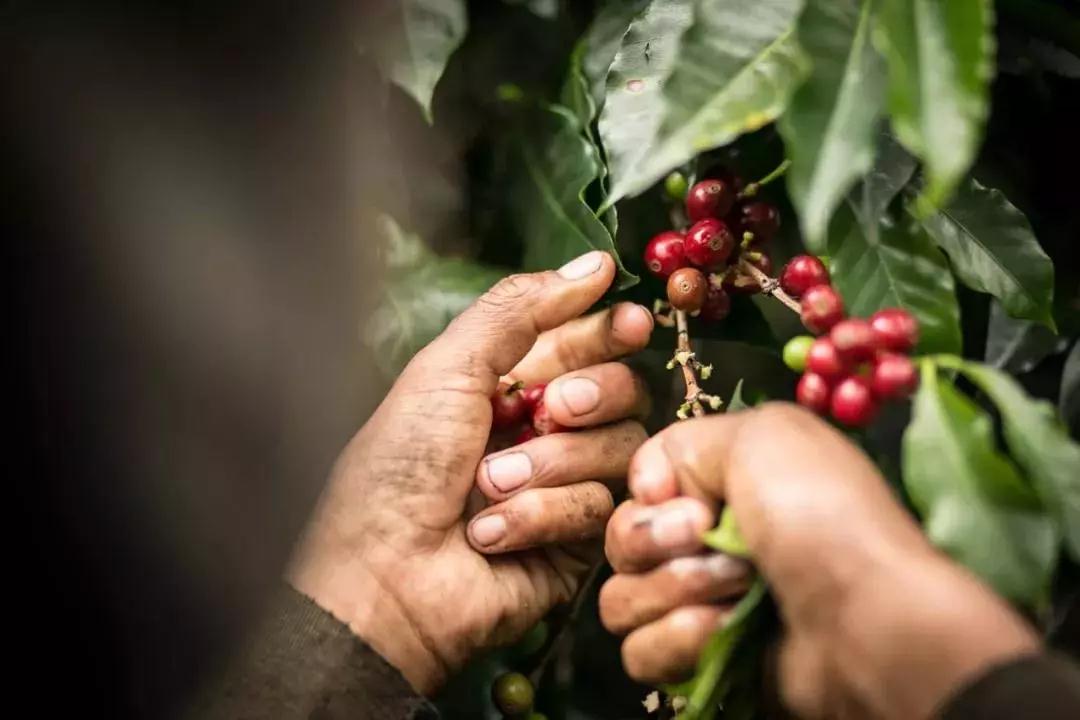
Harvesting and handling of Coffee
Perhaps in the unified harvest mixed with some immature coffee cherries, so the coffee will taste with straw, grass green, sharp choking taste and so on.
If the harvested coffee cherries are directly placed on the ground in the process of processing, they will be more likely to be contaminated with the smell of soil.
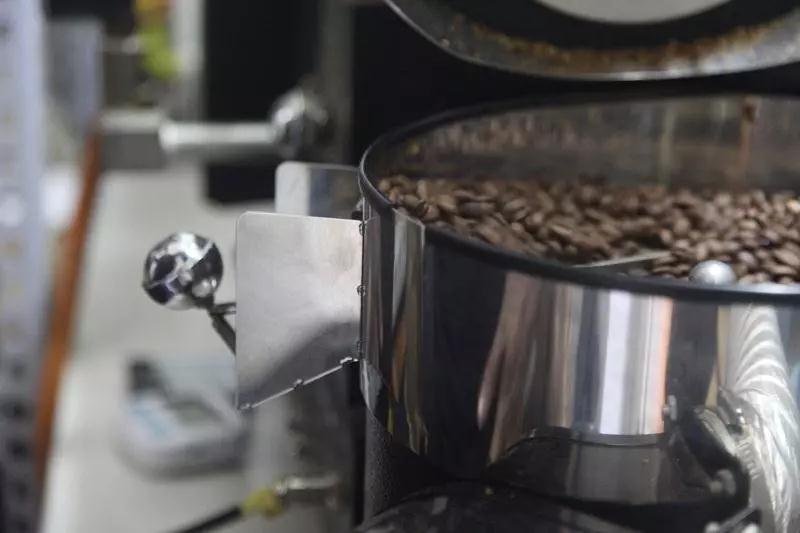
Baking
If you don't get enough dehydration when baking, the coffee will taste like grass, astringent and stinging. And uneven roasting beans, the skin is usually deep, and the inner core is shallow, prone to epidermis burns, making coffee with bitter, smoky taste.
If the overall baking is shallow, the baking will be uneven, similar to lack of dehydration, the flavor development is not complete, the plant flavor is strong, sharp and thin.
Defective bean
Everyone must know how annoying defective beans are. After all, a defective bean can ruin a good cup of coffee. For example, Baimu beans / immature beans can give you a cup of coffee with fried melon seeds, straw and even salty taste.
For example, moth-eaten beans will taste sour, rotten, stinging and astringent in the mouth; and moldy beans, which are moldy and moldy, will have a strong mildew and medicinal taste, and will taste like a refrigerator.
Brewing and cooking
When cooking, if you are not careful, it will be easy to produce miscellaneous smell. After all, there are 30% of the soluble substances in coffee, but only 20% of them are delicious. Beyond this 20%, there will be some bad flavors, such as wood, bitterness and other messy flavors.
If the fine powder is too much, it is easy to extract when cooking, and the chance of miscellaneous smell will be greater. Or if the extraction time is too long, it will be easy to extract those bad and messy flavors.
In the end, I have to mention the item of "cleanliness" in the cup test. The first place in the COE score table is enough to prove how important "cleanliness" is. The so-called cleanliness means that there is no defect and defective taste from hot to cool, and the flavor is clear and easy to feel.
High cleanliness of coffee equals low complexity of flavor?
These are two concepts that do not interfere with each other. Coffee with high cleanliness can also have rich flavor and hierarchical performance. A cup of coffee tastes clean, saying that there are no miscellaneous and peculiar smells that affect the taste and flavor, which is also explained in the materials of major books and cup test standards, while the complexity of flavor, it is related to the variety of coffee, planting conditions, treatment and roasting methods, is a series of results.
Miscellaneous flavor actually includes defective flavor but is not limited to defective flavor, such as the woody flavor of coffee, which can be said to be a keynote, which is a possible taste of almost every kind of coffee, but the bad woody taste tastes as disgusting as rotten wood water. And miscellaneous smell always gives people a very messy feeling, there is a whole cup of coffee flavor has been stirred up the feeling of muddy inside.
A good cup of coffee looks very simple, but it is good to pay a little attention to it when brewing, but in fact, the quality of a cup of coffee has already been affected from the step of harvest, and brewing is only the last step in the whole process.
Important Notice :
前街咖啡 FrontStreet Coffee has moved to new addredd:
FrontStreet Coffee Address: 315,Donghua East Road,GuangZhou
Tel:020 38364473
- Prev

How to make coffee by hand? how is it better to drink coffee by hand? what's better to make coffee by hand?
Professional coffee knowledge exchange more coffee bean information Please pay attention to the coffee workshop (Wechat official account cafe_style) hand-made coffee has no idea, but would like to drink coffee what to do? You might as well try hanging ear coffee, which is convenient, fast and simple. But don't think that you can just pour hot water into the coffee by hand. In fact, the ratio of water temperature to powder water is the key, don't put
- Next
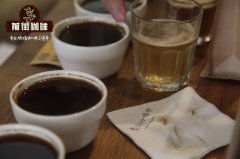
What is the difference between 100% Arabica coffee and regular coffee in taste and flavor caffeine
Professional coffee knowledge exchange more coffee bean information please follow coffee workshop (Wechat official account cafe_style) Arabica coffee is very popular with Chinese people with a short history of coffee contact because of its strong fruity aroma. it was introduced to China by missionaries in the 19th century and is widely planted in the dry-hot valley of the Jinsha River, which is 1000 meters above sea level in Panzhihua, Sichuan and western Yunnan.
Related
- Beginners will see the "Coffee pull flower" guide!
- What is the difference between ice blog purified milk and ordinary milk coffee?
- Why is the Philippines the largest producer of crops in Liberia?
- For coffee extraction, should the fine powder be retained?
- How does extracted espresso fill pressed powder? How much strength does it take to press the powder?
- How to make jasmine cold extract coffee? Is the jasmine + latte good?
- Will this little toy really make the coffee taste better? How does Lily Drip affect coffee extraction?
- Will the action of slapping the filter cup also affect coffee extraction?
- What's the difference between powder-to-water ratio and powder-to-liquid ratio?
- What is the Ethiopian local species? What does it have to do with Heirloom native species?

